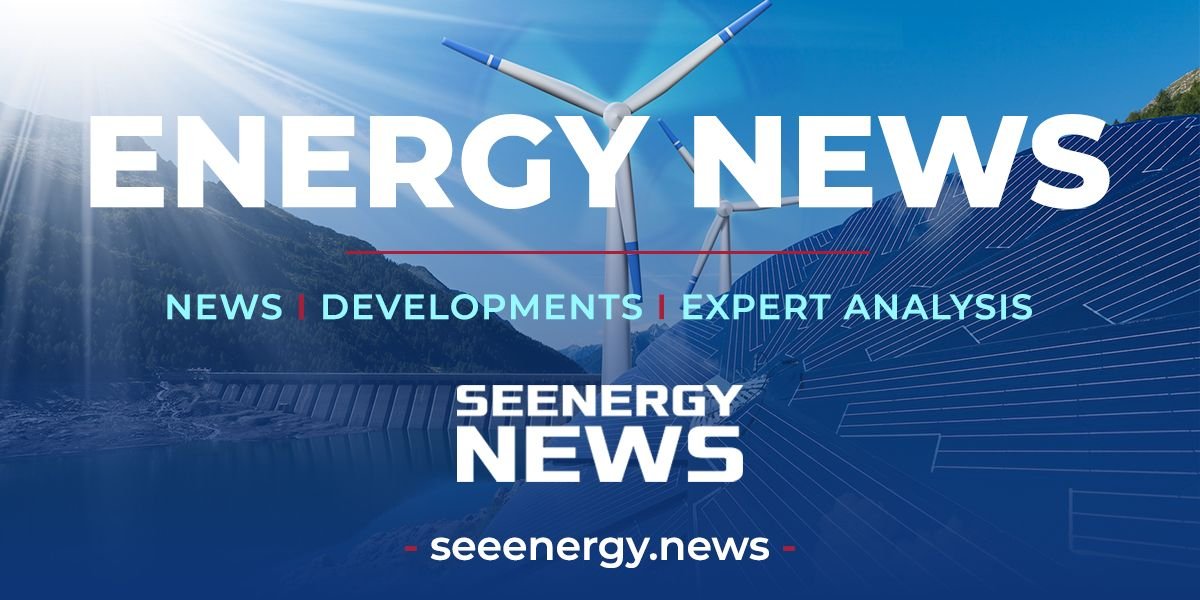Kovačević emphasized that the goal is to achieve these energy targets without compromising security and stability.
“By 2030, we aim to have 3.5 GW of installed capacity from wind and solar power, meaning that nearly half of all electricity produced will come from green sources. By 2040, we plan to triple the capacity of renewable energy sources (RES). These ambitious goals can be met if both the public and private sectors share the responsibility. We have already made progress with our first auctions for RES market premiums, and we anticipate significant changes in our energy portfolio by the end of this decade,” Kovačević stated during the launch of the public discussion on the new Strategy.
He explained that the Strategy includes substantial investments in energy efficiency across all sectors, as well as ongoing upgrades to the transmission network.
“In the next three to four years, we plan to complete all sections of the Trans-Balkan Corridor. We are also preparing the Panonian Corridor project to double the transmission capacity to Hungary, the Central Balkan Corridor to increase capacity to Bulgaria, and the Beograd project to facilitate the transfer of RES from Banat to the Belgrade region. Additionally, we will continue to invest in the distribution system, including major upgrades to the low-voltage network, meter replacements, and the digitization and automation of the distribution network,” Kovačević outlined. He also highlighted the need for diversification in the gas and oil sectors due to Serbia’s high dependency on imports.
“Building the Serbia-Hungary oil pipeline will enhance our crude oil supply security, and we will work on expanding our storage capacities for oil and its derivatives. In the gas sector, we will focus on diversifying supply routes and sources by developing interconnections with Romania, which has its gas reserves, and with North Macedonia, strengthening ties with the Southern Gas Corridor and LNG terminals,” Kovačević added.
The draft Strategy also includes preparations for greater use of hydrogen in the energy sector by establishing legal frameworks and bolstering technological and research capabilities.
Kovačević highlighted that the draft Strategy addresses the topic of nuclear energy, noting that a recent Memorandum of Understanding on nuclear energy development in Serbia has brought together government institutions, experts, and the scientific community.
“One of the first steps towards advancing this topic is lifting the moratorium on nuclear energy. Over the coming decades, we need to find a sustainable solution to replace base-load energy from coal-fired power plants, with nuclear energy emerging as the best option for ensuring both energy security and carbon neutrality. We face a long journey ahead, but the new Strategy provides a crucial framework for the advancement and enhancement of our energy sector,” Kovačević concluded.










